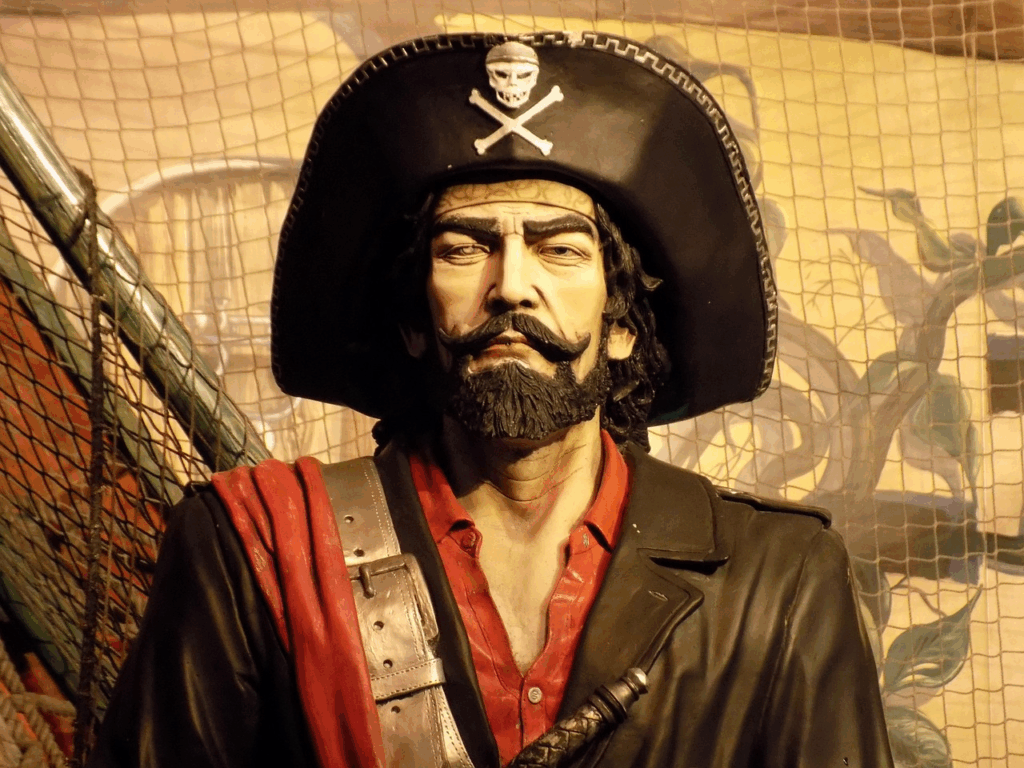Beneath the waves lies a world of ruins: ancient cities, temples, and roads swallowed by time. Long dismissed as myth, underwater archaeology is now revealing that many “lost civilizations” were real, their disappearance linked to rising seas, shifting landmasses, and forgotten cataclysms.
India’s drowned temples surface after storms. Japan’s stepped stones spark debate. With each survey and dive, the seafloor rewrites human history, one startling discovery at a time today.
The Drowned Temples of India
Off the coast of Mahabalipuram, India, divers discovered the remains of massive stone structures that once lined the ancient city’s shore. Local legend had long spoken of “Seven Pagodas,” six of which were said to have been swallowed by the sea. After a 2004 tsunami briefly revealed long-buried walls and pillars, archaeologists confirmed the existence of submerged temples dating back over 1,200 years.
Farther north in the Gulf of Khambhat, sonar mapped structures on the seabed. Researchers argue the pattern marks a prehistoric settlement, perhaps older than the Indus Valley. Crews recovered stone tools and other artifacts. The finds point to coastal communities drowned as seas rose after the last Ice Age.
While debates continue over the actual age and origin of these ruins, one fact is apparent: ancient India’s coastlines looked dramatically different thousands of years ago, and the ocean has been slowly reclaiming its history ever since.
See How Maps Shape the Way We See the World for how mapping tools change what we find and what we miss.
Yonaguni and the Mysteries of Japan
Off Japan’s southern island of Yonaguni, divers in the 1980s stumbled upon an astonishing sight: a massive underwater structure resembling terraced pyramids, complete with flat steps, straight edges, and carved features. Some claim it’s a natural rock formation shaped by erosion, while others insist it’s the work of an unknown ancient culture.
Geologist Masaaki Kimura, who has studied the site for decades, argues that the monument shows signs of deliberate construction, possibly dating back 10,000 years. If true, it would predate all known Japanese civilizations.
Skeptics, however, point out that natural sandstone can fracture into geometric shapes, creating the illusion of architecture. The debate remains unresolved, but the mystery continues to draw divers and researchers from around the world, blurring the line between geology and archaeology.
Check out The Town That Vanished Without a Trace for another look at places erased by nature
The Real “Atlantises” of the World
While Plato’s story of Atlantis remains myth, real “lost cities” do exist beneath the sea. Near the Egyptian coast, archaeologists uncovered Heracleion (Thonis), an ancient port city that had been buried under sand and silt for over 1,200 years. Discovered in 2000, it yielded colossal statues, temples, and ships astonishingly well-preserved in the mud. The city had been a thriving hub of trade and religion before earthquakes and rising waters claimed it.
In the Mediterranean, similar discoveries, such as Pavlopetri off Greece and Baiae near Naples, offer windows into ancient life. Pavlopetri, dating back to 2800 BCE, features streets and courtyards laid out like a modern city. Baiae, a resort town of the Roman elite, now lies beneath the Bay of Naples, its mosaics and marble villas still visible to divers.
Each site tells a story not of mythic cataclysm, but of gradual transformation. As sea levels rose after the Ice Age, coastlines crept inland, erasing chapters of human civilization beneath the tide.
Explore How a Volcano Once Changed the Entire World’s Climate to see how sudden catastrophes can rewrite coastlines.
The Ocean as the Final Archive
What lies beneath the ocean can rival what we’ve found on land. Scientists estimate that more than two-thirds of Earth’s ancient coastal sites still hide under silt and water.
Underwater archaeologists scan the seafloor with sonar. They steer robots through ruins. They test sediments for DNA. Each method retrieves pieces of lost worlds. These finds upend ideas about migration and trade. They adjust timelines for cities and seafaring. Evidence shows early humans lived on coasts, traveled widely, and adapted fast.
The sea that swallowed these places also protected them. Every drowned street or temple is a tragedy and a time capsule. History hasn’t vanished. It waits, quiet and submerged, to be found.




